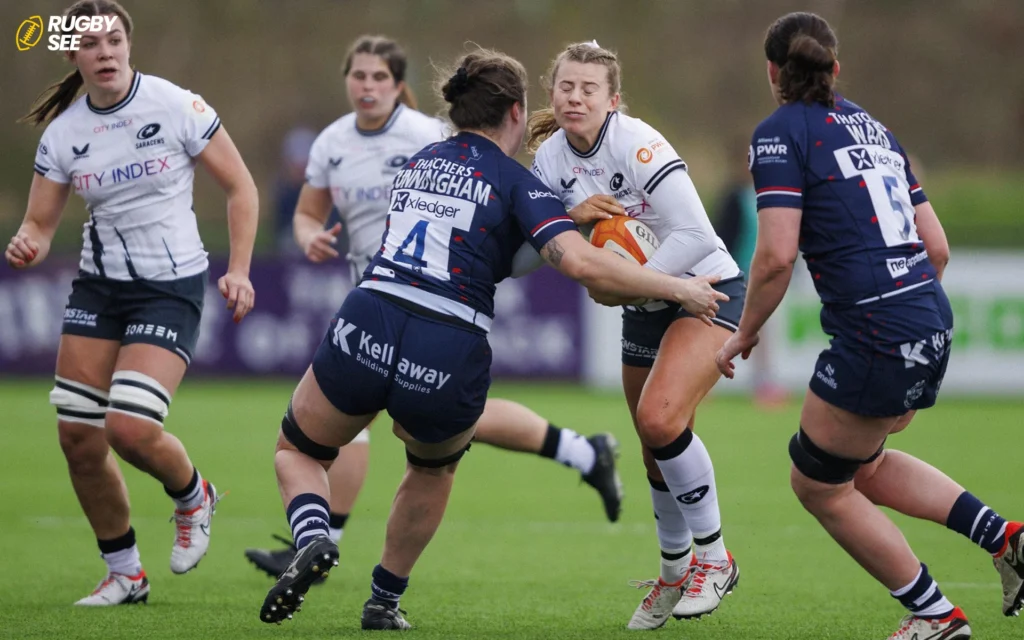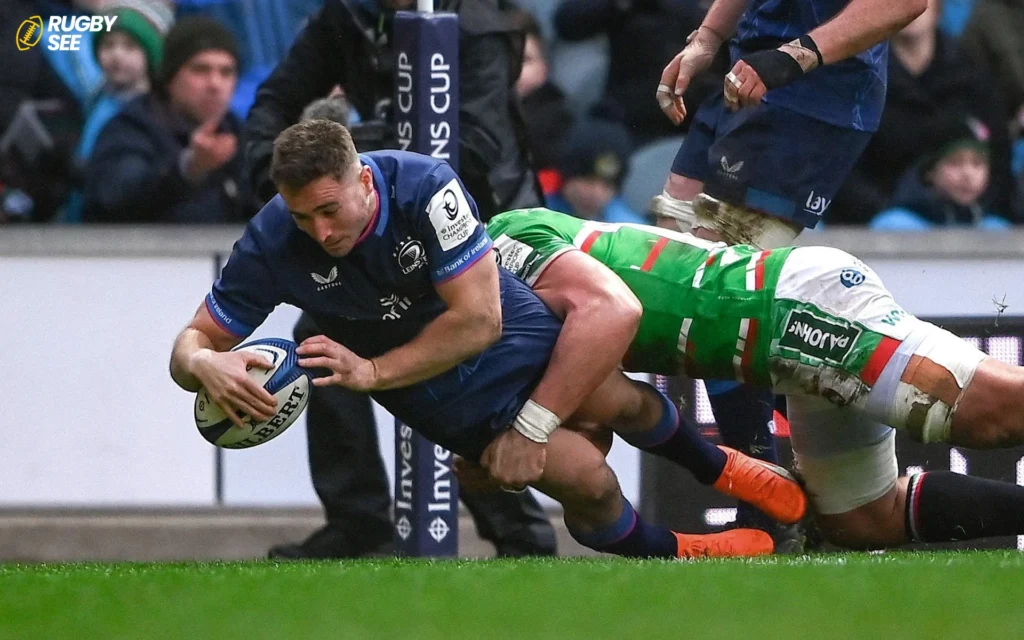Rugby, a game known for its combination of physics, strategy and teamwork, captivates fans around the world. A common question among newcomers to the sport is, “Does rugby have ground goals?” The purpose of this Rugbysee article is to explain the concept of scoring in rugby, focusing on the role of field goals and how to score points in this dynamic sport.
The Basics of Rugby Scoring
To understand the concept of field goals in rugby, it’s essential to first grasp the basic ways points can be scored in the game. Rugby scoring methods include tries, conversions, penalty kicks, and drop goals. Each of these scoring methods plays a crucial role in the game’s strategy and outcome.
Tries
A try, worth five points, is scored when a player grounds the ball in the opponent’s in-goal area. Tries are the primary method of scoring in rugby and reward teams for breaking through the opponent’s defense.
Conversions
After scoring a try, the team is awarded an opportunity to kick a conversion for an additional two points. The conversion kick is taken from a point in line with where the try was scored, extending outwards from the try line.

Penalty Kicks
Penalty kicks, worth three points, are awarded for various infringements by the opposing team. The team given the penalty may choose to kick at goal from the point of infringement, attempting to score by sending the ball between the uprights and over the crossbar of the goalposts.
Drop Goals
Now, to address the main question: while rugby does not have “field goals” in the same sense as American football, it does have a scoring method called a drop goal, which shares similarities. A drop goal, also worth three points, occurs when a player kicks the ball through the goalposts during open play. The ball must touch the ground before being kicked, differentiating it from a conversion or penalty kick.
The Role of Drop Goals in Rugby
Drop goals are a strategic option available to teams during open play. While not as common as tries or penalty kicks, drop goals can be a crucial part of a team’s game plan, especially in tight matches where every point counts.

Strategic Use of Drop Goals
Teams may opt for a drop goal for several reasons:
- To secure points when close to the opponent’s goal line but unable to score a try.
- To extend a lead or close a gap in the score during critical moments of the game.
- As a tactical decision to exploit specific game dynamics, such as poor weather conditions making tries more difficult to score.
Famous Drop Goals
Drop goals have led to some of rugby’s most memorable moments, underscoring their importance and excitement. For example, Jonny Wilkinson’s drop goal in the final minute of extra time in the 2003 Rugby World Cup Final is legendary, clinching victory for England and if you want to know about the countries have Rugby read what countries have rugby.
Training for Drop Goals
Executing a successful drop goal requires precision, power, and timing. Players, especially fly-halves, who typically assume the role of kickers, practice extensively to perfect their technique, aiming to make drop goals a reliable scoring option under pressure.

In conclusion, while rugby does not feature “field goals” as understood in American football, it boasts the drop goal, a thrilling and strategic scoring method. Drop goals add depth to rugby’s scoring system, offering teams a valuable way to capitalize on their position on the field and the state of play. Understanding the significance of drop goals and other scoring methods enriches the appreciation of rugby’s complexity and strategic beauty, making it clear why this sport continues to captivate fans around the globe and if you want to know about doing deadlift in Rugby read Should rugby team players deadlift.
Rugby’s inclusive approach to scoring, from the physical prowess required for tries to the tactical acumen behind drop goals, highlights the game’s diversity and the multiple pathways to victory. Whether through the power of a forward pack driving towards a try or the finesse of a fly-half slotting a drop goal, rugby celebrates the broad spectrum of skills and strategies that make it a fascinating sport for players and spectators alike.










